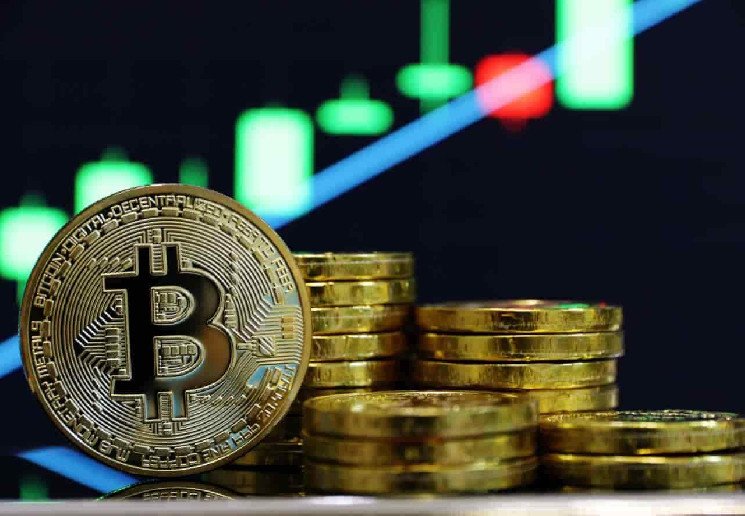Due to its predictability, cryptocurrency investors often overlook Bitcoin (BTC) supply inflation. Understanding that predictable inflation still has economic effects can leverage investment results in this market.
In particular, Finbold looked into Bitcoin’s supply inflation from a different perspective. We aimed to understand the practical effects of these economics and provide valuable insights for BTC holders. This is achieved by calculating the exact price Bitcoin would trade if it ever hits its highest market cap.
Proportionally, a commodity’s inflationary supply requires more demand in order to keep its same value (or price). These two factors influence whether a commodity price rises or falls. Each cryptocurrency, including Bitcoin, has its unique economic structure.
Notably, Bitcoin had an all-time high market cap of $1.302 trillion on November 10, 2021, according to TradingView’s index. Meanwhile, BTC was trading for as high as $68,789, as registered by CoinMarketCap. An inverse calculation suggests a circulating supply of around 18.927 million BTC at that time.
Bitcoin supply inflation and its economic effects
Let’s explore BTC’s supply inflation and its economic implications. On November 30, Bitcoin had a circulating supply of 19.557 million coins. This results in a supply inflation of 630,000 BTC (3.32%) in two years, or around 1.66% a year.

The price projection also shows the relevant economic effects of this inflation. In case the leading cryptocurrency reaches its highest speculative demand of $1.302 trillion market cap, BTC would trade at a proportionally lower price than the corresponding all-time high.
Considering the circulating supply at the time of publication, Bitcoin would trade for $66,574 at its highest capitalization. Interestingly, a loss of $2,215 (3.2%) from the previous price in 2021.
However, this still indicates a potential 77% increase from the current price of $37,600.
It is important to understand that the forecast requires the same demand as 2021 for Bitcoin. In this context, there are no guarantees that this demand will ever be seen again. On the other hand, it is also possible that a higher demand surges in the following years.
Disclaimer: The content on this site should not be considered investment advice. Investing is speculative. When investing, your capital is at risk.
Read the full article here
